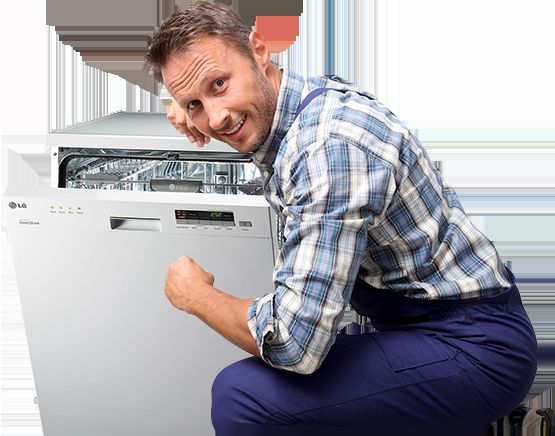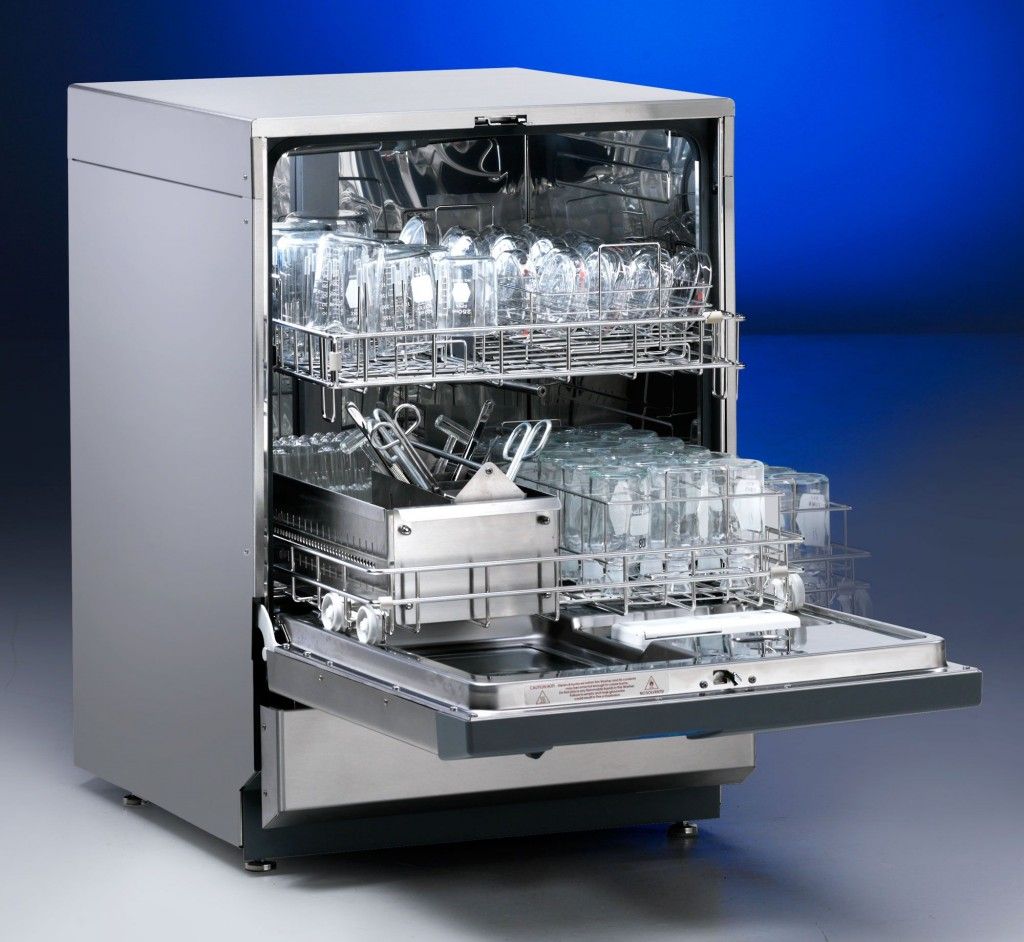How to use a dishwasher
Dishwashers are very convenient and practical, saving the user time and reducing water consumption. They are easy to use, and with proper use they will serve faithfully for many years. The operating rules for dishwashers for most models are identical and will be discussed within the article.
The content of the article
Key rules for operating household dishwashers
For household PMMs, the following general rules apply:
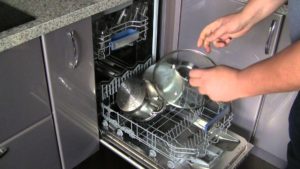 Dishes in baskets are placed strictly in the established order.
Dishes in baskets are placed strictly in the established order.- Each type of dishware and different degrees of contamination has its own operating mode.
- Detergents are selected in accordance with the manufacturer’s recommendations.
- You should not neglect the care of your equipment. If you don't take care of your machine, it won't last long.
By following these four rules, you can significantly extend the life of your dishwasher.
What you need to do before and after you start using the device
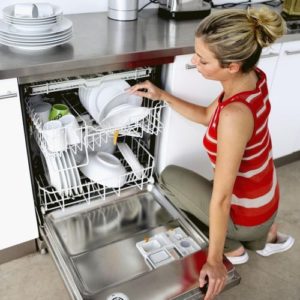 Before you start using the dishwasher, you need to decide on the choice of detergent (powder, gel or tablets) and fill the machine with it according to the instructions, and set up its operating program. The operating mode is selected depending on the degree of contamination of the dishes and the material from which they are made.
Before you start using the dishwasher, you need to decide on the choice of detergent (powder, gel or tablets) and fill the machine with it according to the instructions, and set up its operating program. The operating mode is selected depending on the degree of contamination of the dishes and the material from which they are made.
The cycle time varies in the PMM of different companies from 45 minutes to several hours.
After finishing work and drying the dishes, you need to turn off the machine, remove the dishes from the baskets, then remove the mesh filters from the bottom of the chamber, and then rinse them under the tap. Having put them in place, wipe the walls of the chamber with a dry cloth, removing any remaining food under the rubber band and door.
Important! After completing the above steps, you should leave the machine door open for some time to dry it. If this is not done, an unpleasant odor may develop over time.
Important nuances
What detergents are needed for a dishwasher
For PMM you will need the following detergents:
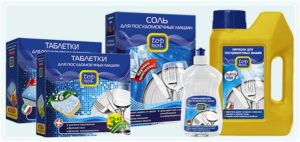 Tablets or powders. The choice depends on financial capabilities; ready-made tablets from manufacturers will cost more, although they are more convenient to use. When using both powders and tablets, follow the instructions that come with them.
Tablets or powders. The choice depends on financial capabilities; ready-made tablets from manufacturers will cost more, although they are more convenient to use. When using both powders and tablets, follow the instructions that come with them.- Salt is used to protect machine mechanisms from scale.
- Rinse aids, firstly, make the water softer, and secondly, they add additional shine to the dishes.
How to wash dishes depending on the degree of contamination
For different degrees of contamination and for certain types of dishes, there are different PMM settings. In this case, the following main operating modes can be distinguished:
- Standard - suitable for medium soiling, while washing dishes at a temperature of 50-60 degrees.
- Economy mode - for lightly soiled dishes, operating temperature is 50 degrees. This mode uses less water and electricity.
- Intensive mode at a temperature of 70 degrees, used when necessary to wash pans and pots with burnt or dried food.
- Delicate – used when washing crystal, glass, plastic or fragile ceramic dishes.
Dishwasher loading technology
When loading PMM, adhere to the following principles:
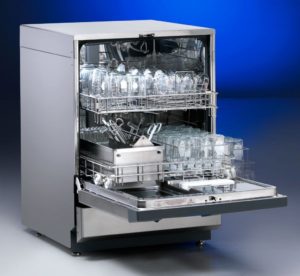 Pans and pots are placed in baskets after removing any remaining pieces of food from them. The receiver should not be overfilled, since dishes piled in it will not be washed.
Pans and pots are placed in baskets after removing any remaining pieces of food from them. The receiver should not be overfilled, since dishes piled in it will not be washed.- Depending on the size, large and durable dishes are placed in the lower basket, and small and more fragile ones are placed in the upper basket. This principle is true for most machines from the brands Ariston, Electrolux, Philips, Bosch and many others.
- Forks and knives with a sharp nose are placed in the basket with the handle up, spoons and blunt knives - with the handle down. Ladles and skimmers - horizontally on top of the basket.
- All pots, cups, pans are placed upside down in the basket.
- Before closing the PMM door, make sure that the blades move freely.




